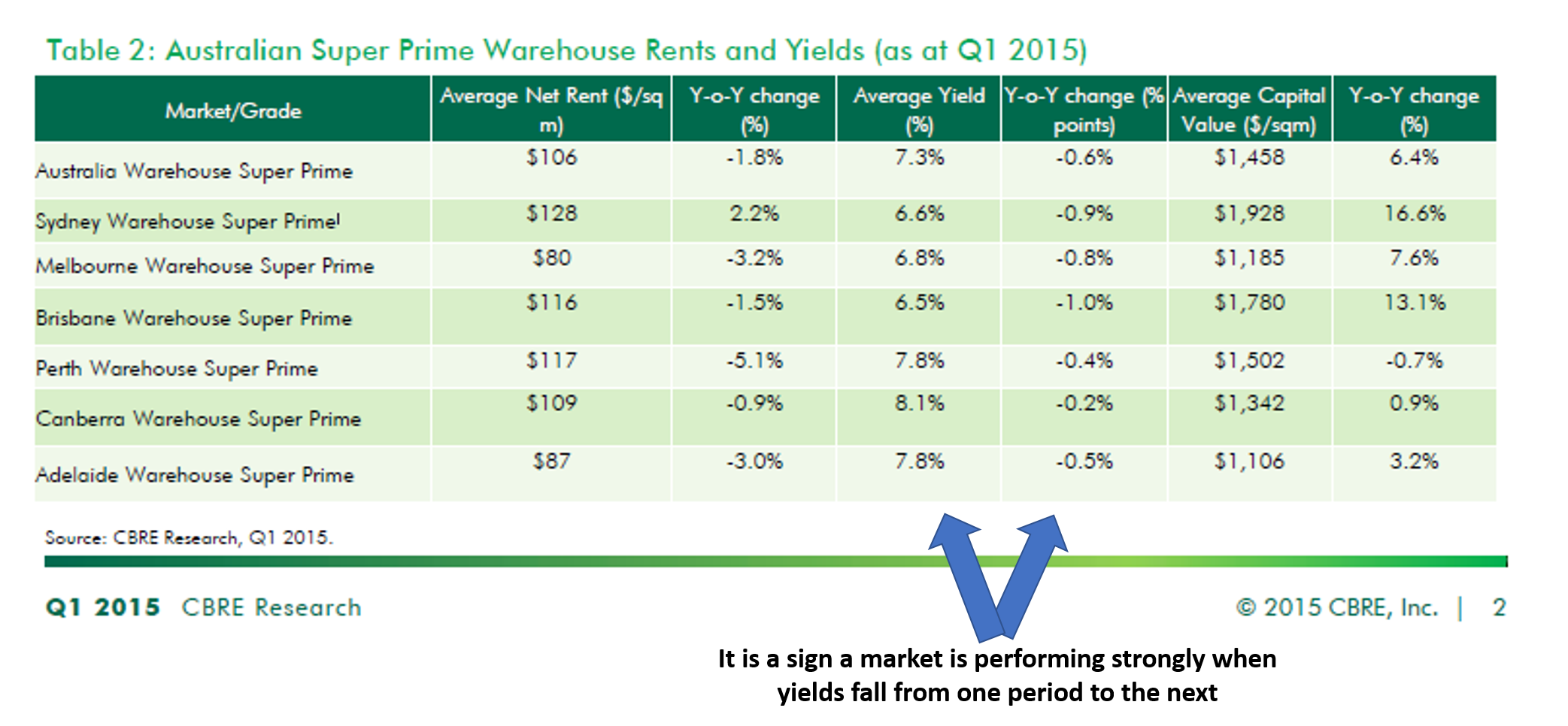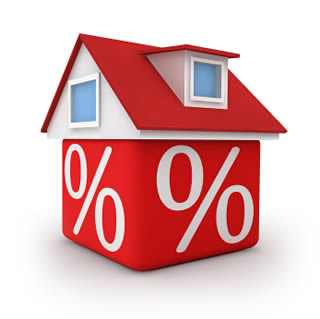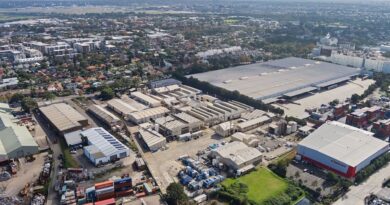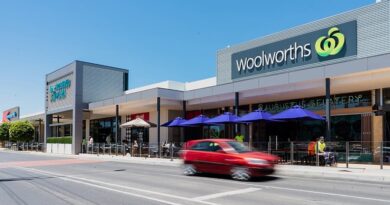What is a yield in property?
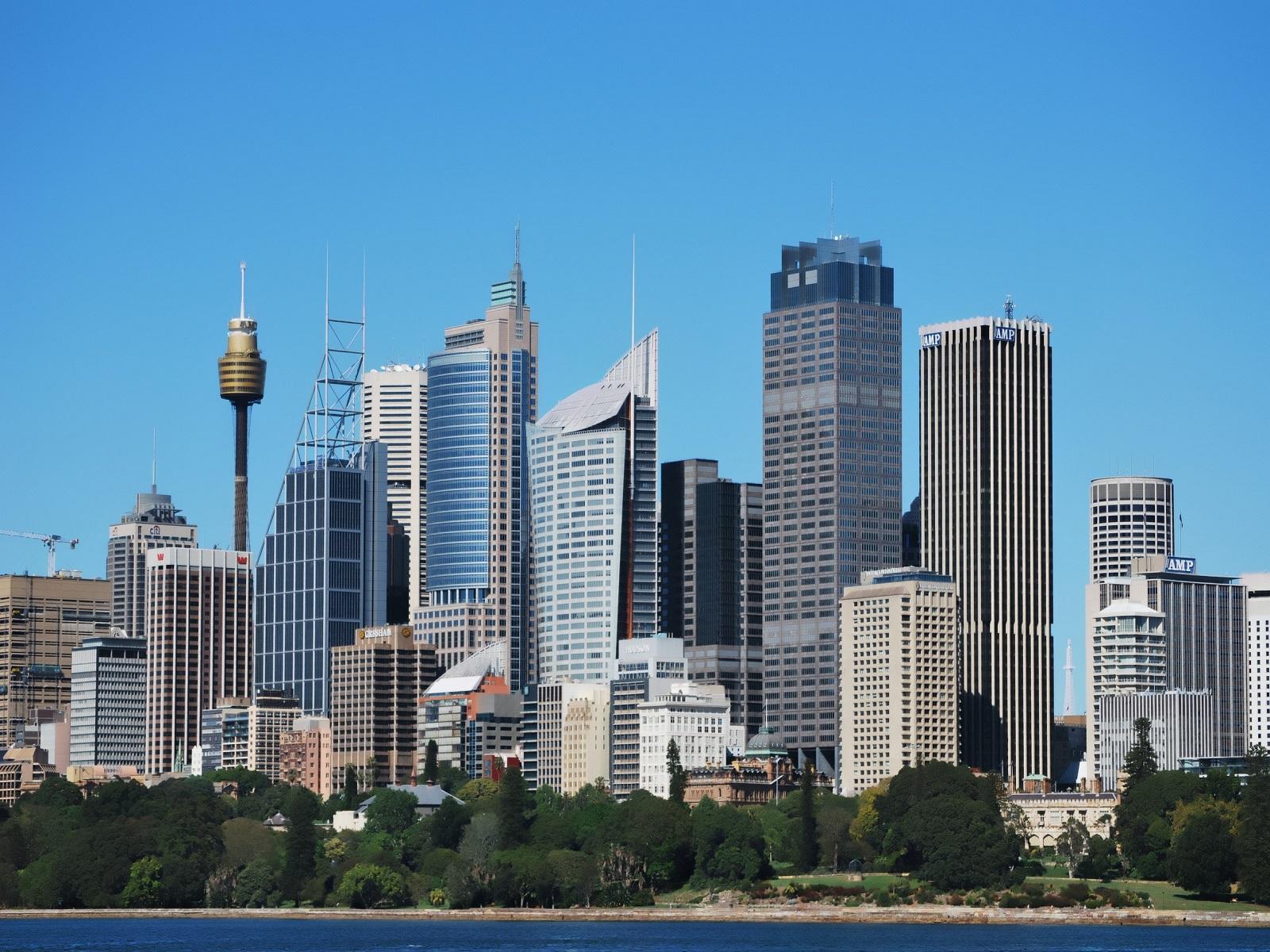 A yield – also known as a rental return – is possibly the most important number for property investors after the price.
A yield – also known as a rental return – is possibly the most important number for property investors after the price.
Despite this, yields appear to be largely misunderstood: many people don’t know how to calculate or estimate one, nor how to interpret what they mean.
Some simple answers to common questions about yields, including how to calculate one, are here:
What is the yield?
The yield is the equation of a property’s annual rental return divided by its purchase price (or value). It is expressed as a percentage.
How to calculate a yield? A two-step guide
1. Divide a property’s annual rent by its sold price (or ‘asking price’ or ‘estimated value’).
2. Multiply the result by 100 to express the yield as a percentage.
So if a house sold for $750,000 which was returning annual rent of $33,800 (or $650 per week) – divide $33,800 by $750,000, then multiply by 100. The yield should be 4.51 per cent.
Traditionally average yields rise when the economic backdrop and demand for property is slow. Yields tighten in red hot markets, a bit like those on Australia’s east coast capitals over the past few years.
Why is the yield so important? The economic insights it provides
Whether you’re a property buyer, seller, investor, observer or commentator – even a politician – yields provide several telling insights about the state of real estate demand.
A yield lets you estimate all sorts of things about a property including what it could sell for, how much it could achieve in rent and how attractive it would be to investors – the sophisticated ones who compare yields for residential, office, industrial and retail assets.
Yields also provide an idea as to the strength of an economy – when there is lots of wealth chasing property, yields go down. Yields go up when the economy weakens (not that Australia has seen that for some years).
Yields are also used to gauge the depth of certain property sectors – for example, more investors chase shops than factories. This competition has resulted in retail yields being on average lower compared to industrial.
The four types of yields commonly quoted in real estate:
Ensure you ask your broker which yield they are providing you as some make deals sound better than they are. Here are the main yields explained, each with an example:
PASSING YIELD – GROSS
Asset worth: $500,000; Annual rent: $26,000
Gross passing yield: 5.2%
PASSING YIELD – NET
Asset worth: $500,000; Annual net rent: $23,000 (being 26,000 less landlord outgoings of $3000)
Net passing yield: 4.6%
Replace “Passing” with “Market” in other cases including, for example, off the plan purchases (where an agreement with a rental value hasn’t been signed). Or for property enthusiasts who have an idea of their asset’s value and achievable rent:
MARKET YIELD – GROSS
Asset worth: $500,000. Annual rent is estimated to be $28,000.
Gross market yield: 5.6%
MARKET YIELD – NET
Asset worth: $500,00. Estimated annual rent less outgoings leaves $24,500.
Net market yield: 4.9%
What is a good yield?
This depends who you ask.
If you’re a seller, you want to trade on the lowest yield possible.
If you’re a buyer, it is the opposite.
Many investors aim for a yield as close to (or in some rare cases higher than any) bank interest rates. Others show no regard for yields if they plan on, for example, repositioning the property in the market with a refurbishment, or replacing it.
Yields vary across sectors (eg, residential, industrial) and cities (eg, Sydney, Hobart), but on average circle between 3 and 8 per cent.
If you’re considering buying, selling or renting out a property, we suggest advising a professional – like an agent – to get an idea about what factors drive yields for each of the residential and commercial property sub-sectors you are interested in.
If you’re an investor – compare property yields to these alternatives:
• Bank interest rates. The rate you see on term deposit offerings is a yield (the return you will get back in a year);
• Shares. The stockmarket uses the dividend yield to provide a return for investors. A dividend yield is the ratio a company will pay you out annually relative to its share price.
Got questions about yields in your area?
Do not pay for it. Contact me at marcpallisco@gmail.com and I can try to direct you to a research department.
